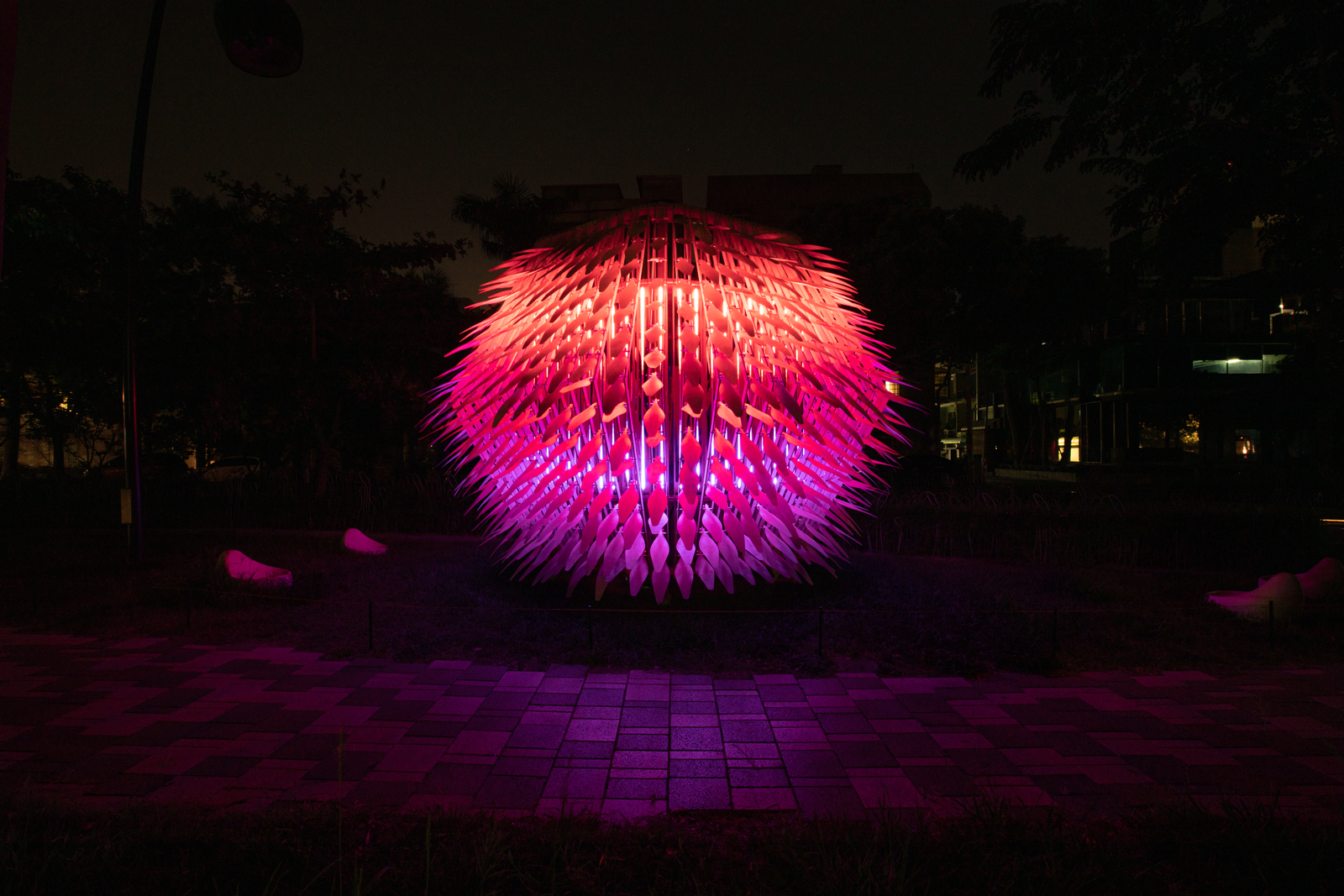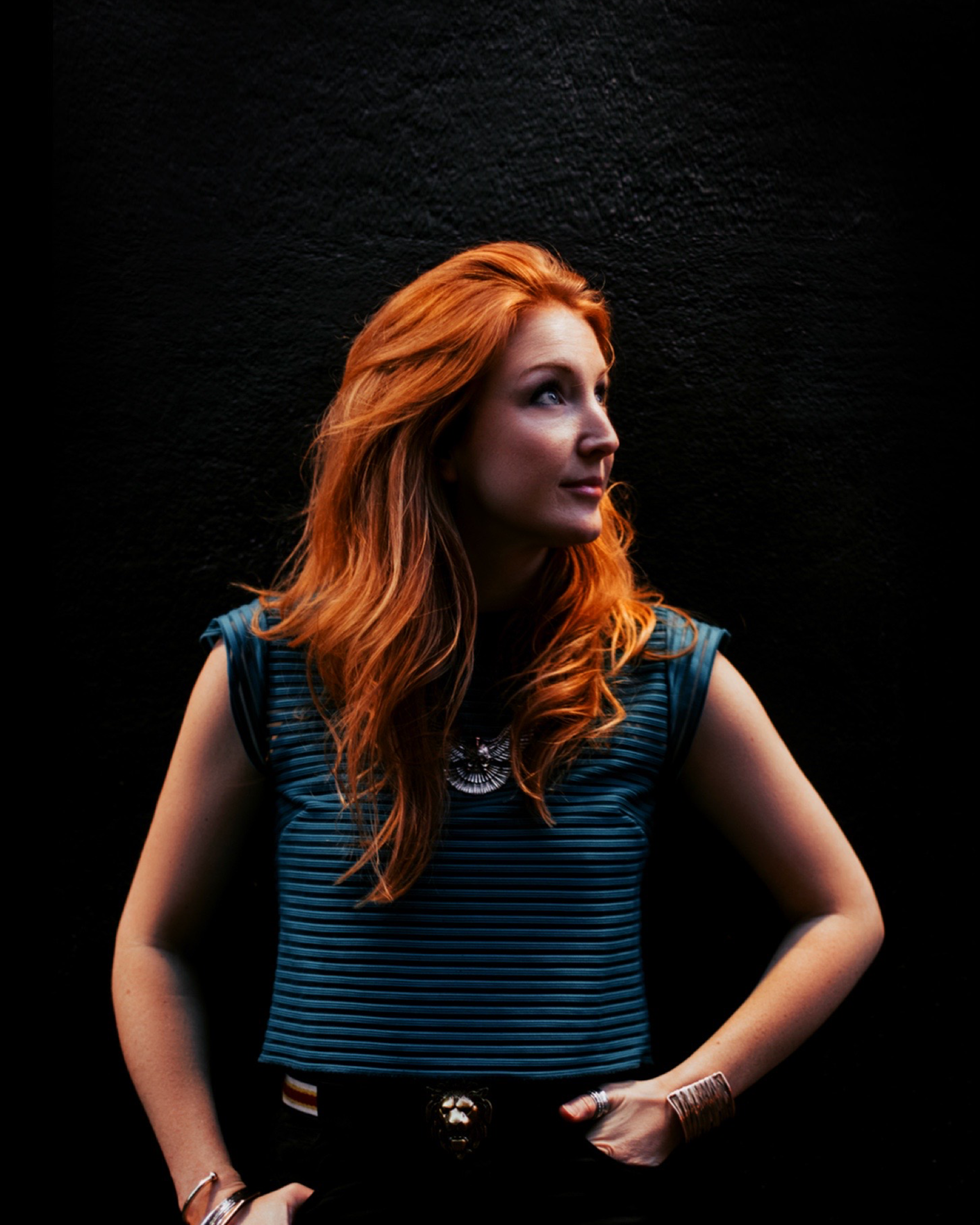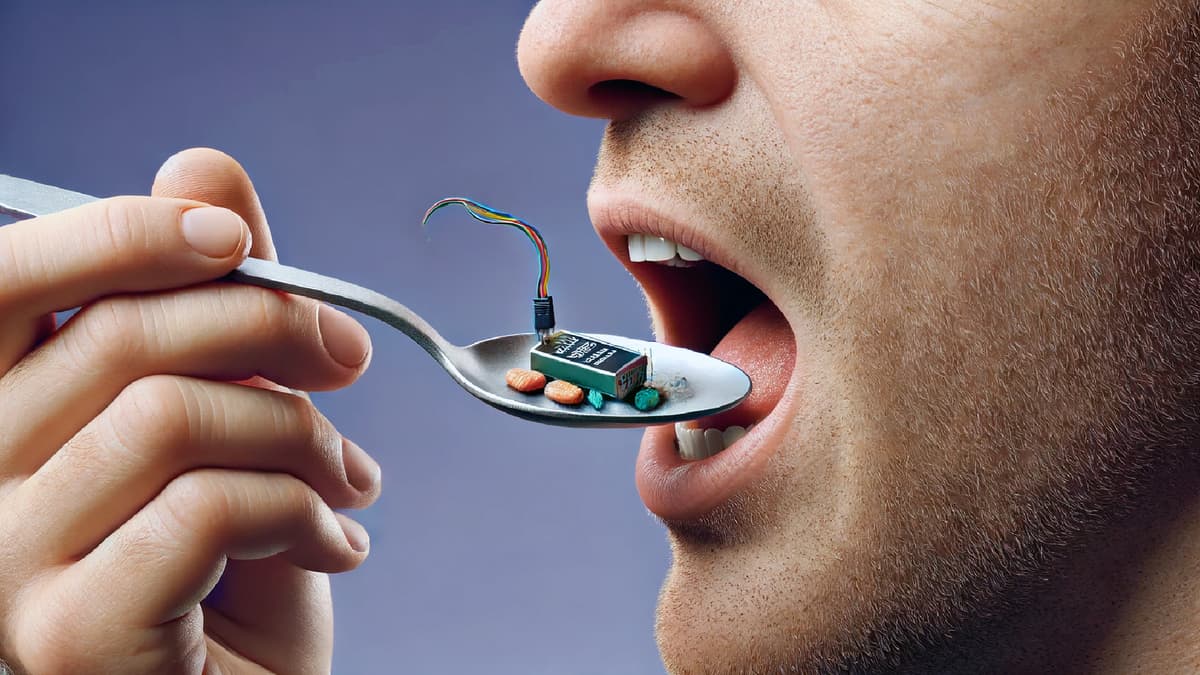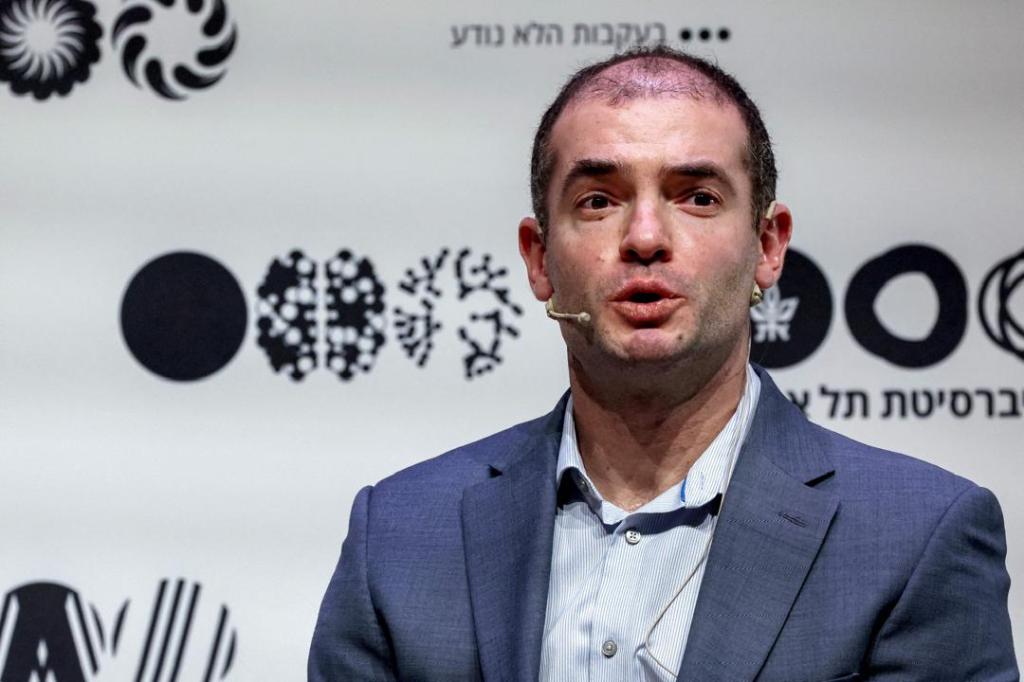a conversation with
Frankie Boyle
Transcending a speech and language disorder, Frankie Boyle transforms her challenges into an luminous creative power, redefining our understanding and relationship with light and emotion.
You’ve previously talked about your early realization about the relationship between light and emotion. Can you share more about both the discovery and how your understanding has changed over time?
He was right…it was literally a ‘light bulb moment’.
He was right…it was literally a ‘light bulb moment’.
He was right…it was literally a ‘light bulb moment’.
I was born with a speech and language disorder known as DLD (Developmental Language Disorder) and I really struggled with the processing of language. At the age of seven it became evident that I was managing to fool everyone (including myself) in believing I understood the complexities of language, but this was then established it was due to my high IQ.
This confused the medics and I soon became a bit of a science project! During my many visits to the Child Developmental Centre a Guy’s Hospital, tests were carried out on my receptive language. It became very clear that I used other senses vision (colour) and noise (tone) but specifically light for contextual clues. I associated bright white light with the hospital environment and warmer, softer light with the safety of my home. In addition, I associated different people and different emotions with different colours, you could say, reading their energies!
It has often been commented that I have another language due to my strength in understanding ‘body language’!
My connection with light was actually pointed out by a tutor at University while appraising my work. “‘You do realise everything that you do is connected to light”. He was right…it was literally a ‘light bulb moment’. All of my projects involved light, glass or reflection and emotion in some way.
My parents are both chefs and when helping out at evening events, I realised it was difficult to promote and see the items on the tray. So as one of my degree projects I designed a bespoke LED lit canape tray . To do this meant I had to teach myself how to build circuitry.
Following university, I knew I wanted to do something which involved light because I had this innate ability to understand space and light, and how people reacted to it and connected with it. What I did not know however was the science behind it. Now with the knowledge of the science it has enabled me to create works and talk freely on the subject.

The “Living Lantern” encourages the audience to reach a meditative state through its perceived controlled breath.
zxcsdfsdf
Was your adaptation taught or were you able to map your own way?
I was born with a speech and language disorder known as DLD (Developmental Language Disorder) and I really struggled think that’s why I became such a science experiment, because I was performing like a normal child but I was puzzling those around me. You can’t ask what you don’t realise you don’t understand! Initially it was thought that I could be deaf, as I would look at people so intently and try and get contextual clues from their voice or expression. But it was my extremely high IQ which compensated for my disability.
I think that’s why I became such a science experiment
Now I am aware that I take a completely different route to others to solve a problem, but I am also aware that it is central to my unique way of working.
My heightened receptivity to body language and emotions, meant relationships were hard as my peers did not understand my inability to understand simple tasks. And I didn’t understand why what they said and what they meant were two very different things!





